the town of roses
and jazz
and this fantastic view
and even football
Molde was built on a hillside at the calm waters of a fjord, but the ocean isn't far away. Less than twenty thousand souls live in the town proper.
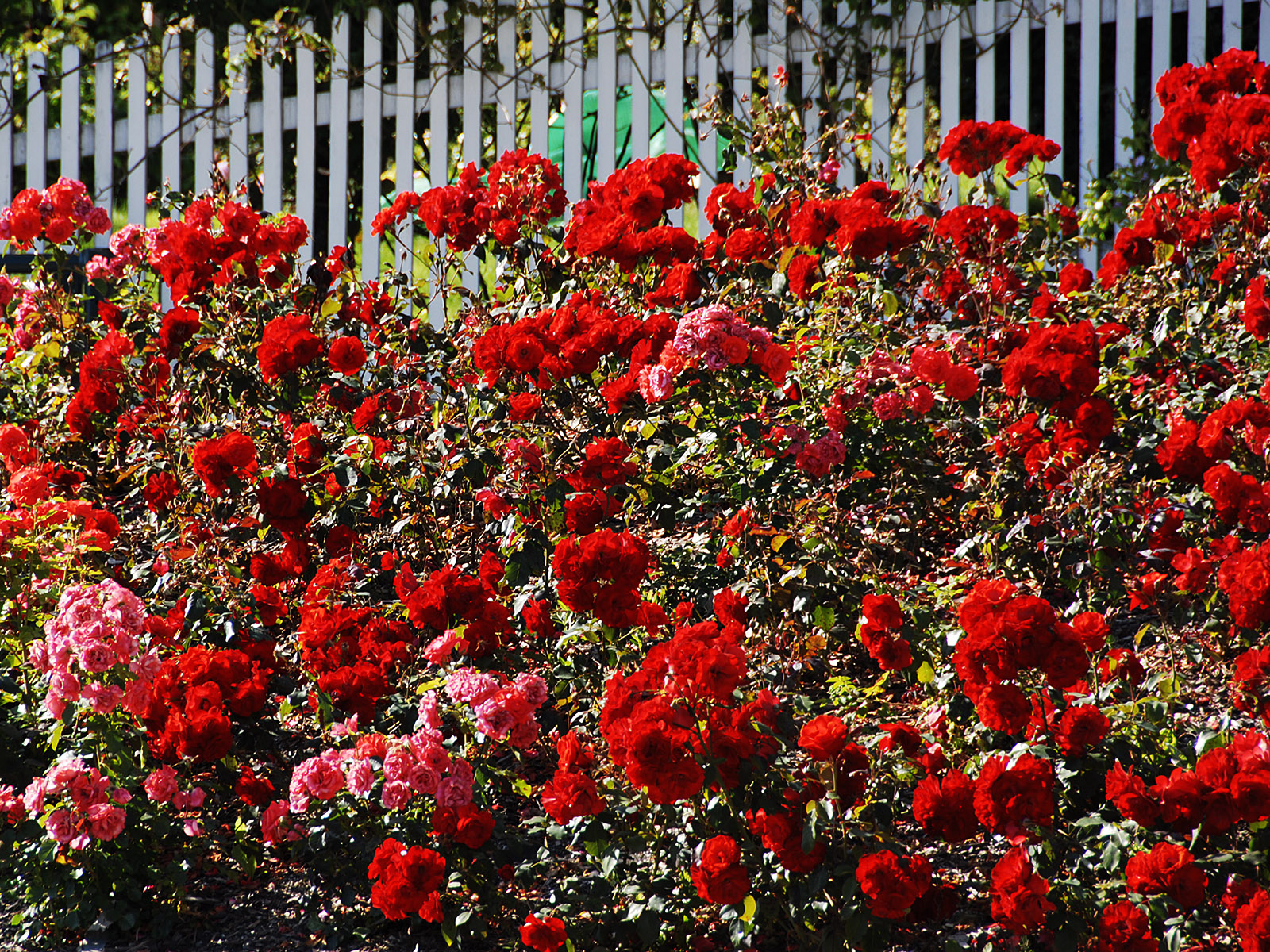
The designation "town of roses" seems to have emerged more than a hundred years ago, but was preceded by "town of flowers" in the eighteen hundreds.
(2003-09-11)
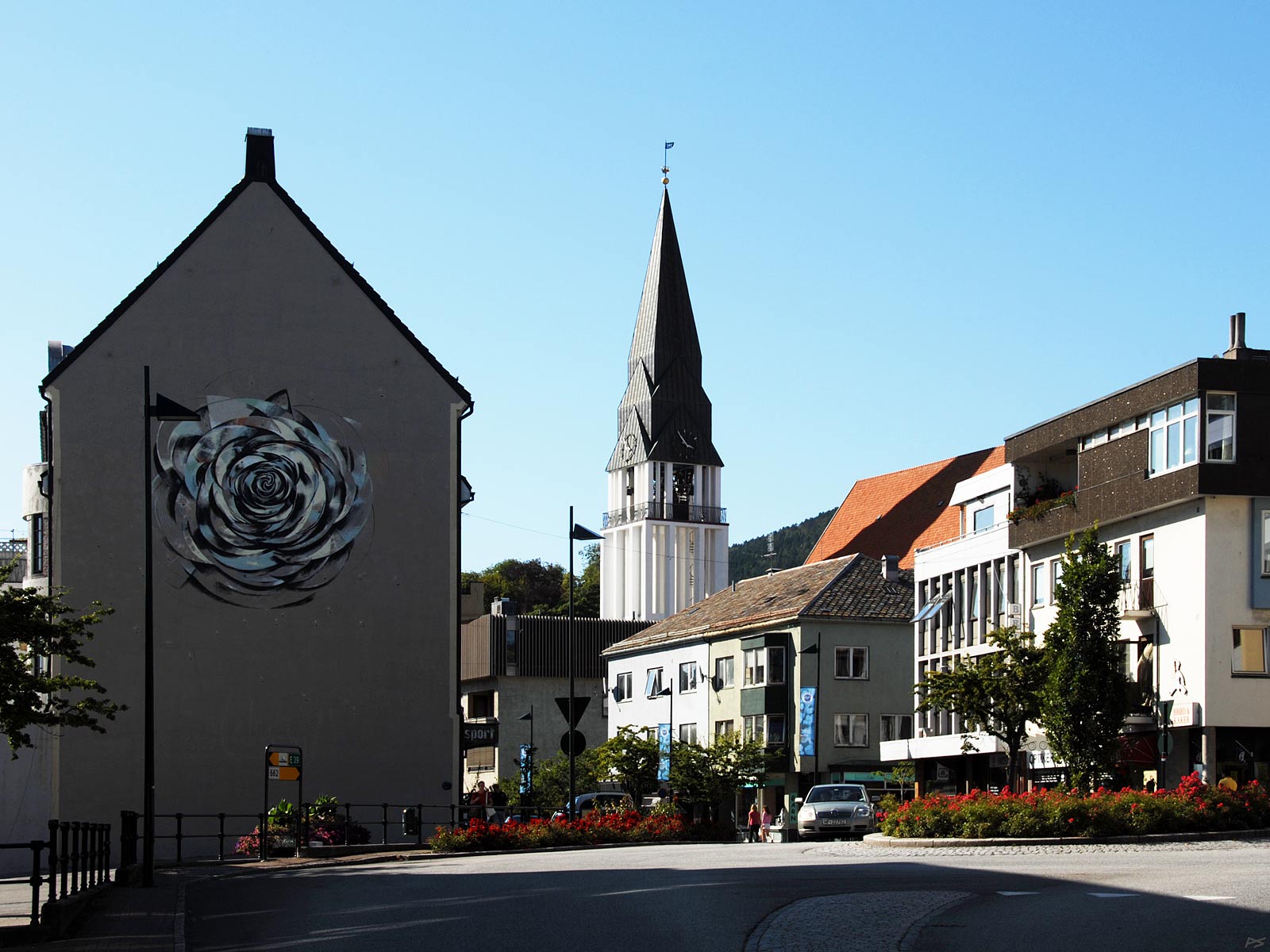
More roses, painted and real, and the steeple of the Molde Cathedral (completed 1957).
(2008-08-23)
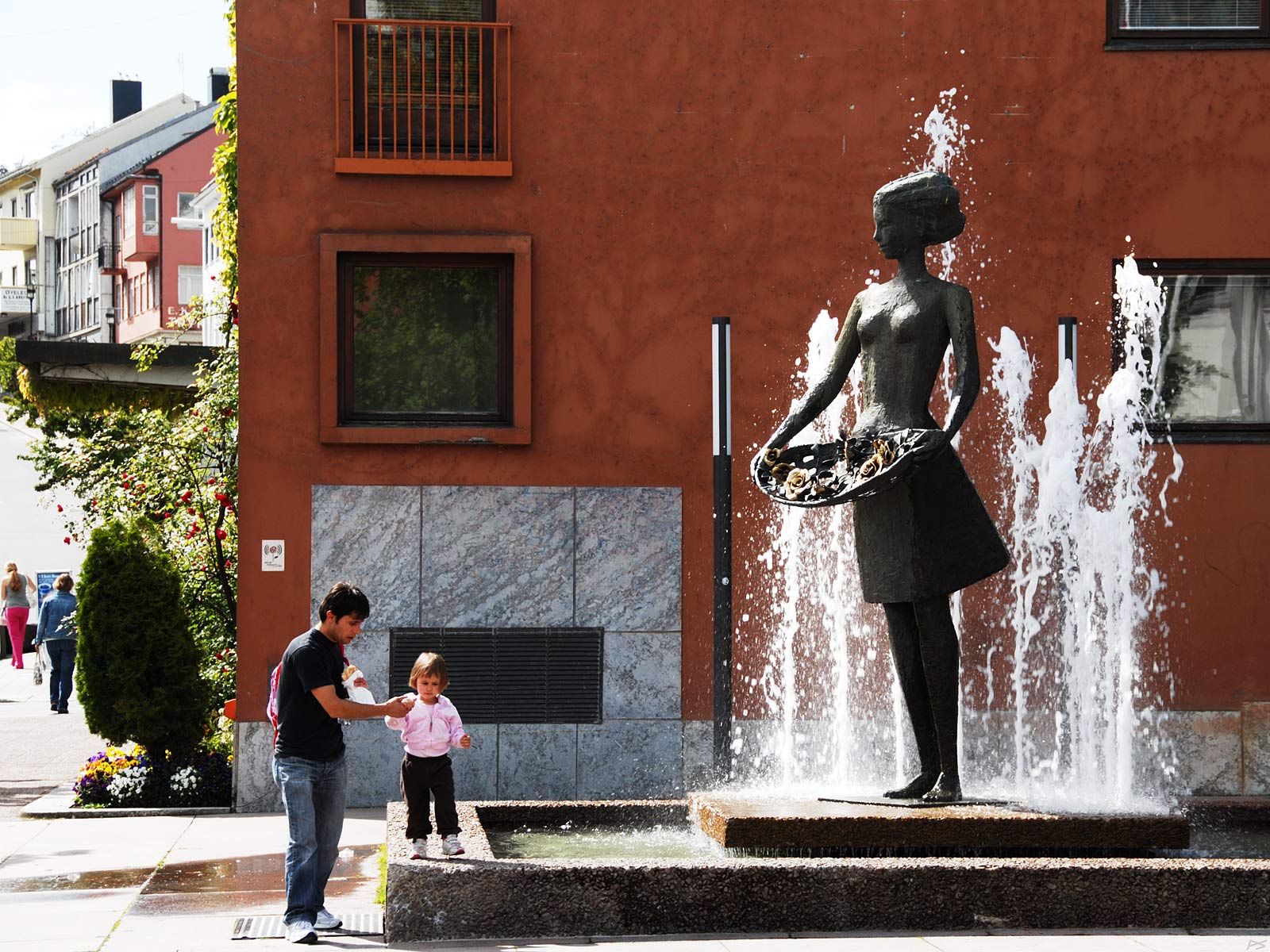
The Rose Maiden, sculpture by Ragnhild Butenschön (1971) at the Town Hall.
(2008-06-27)

'The Jazz Boy' by Nina Due (1992). One of Europe's oldest jazz festivals, the Molde International Jazz Festival has taken place every July since 1961.
(2008-06-27)
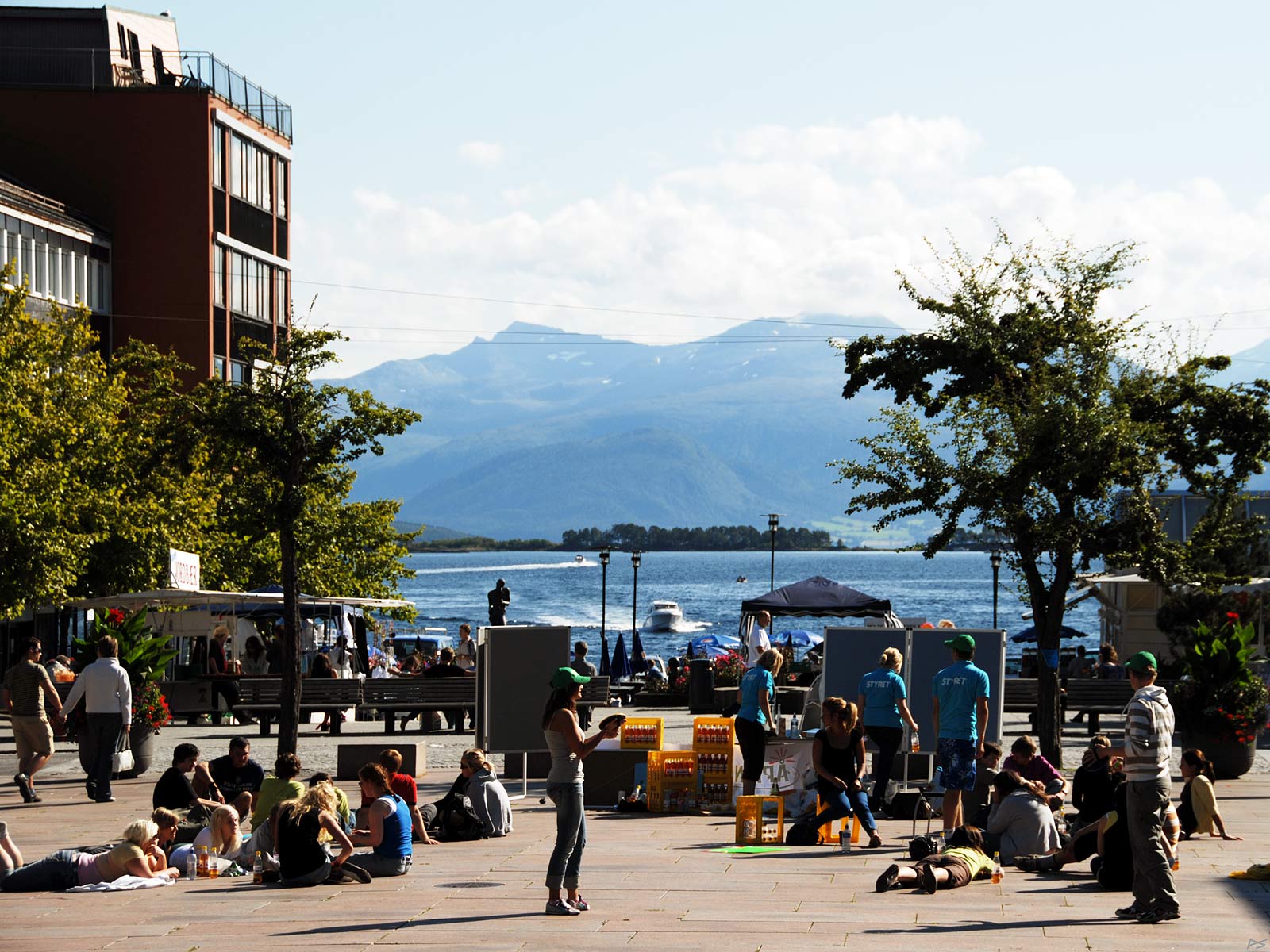
Saturday afternoon in front of the Town Hall. Some new students have just participated in a welcome gathering.
(2008-08-23)
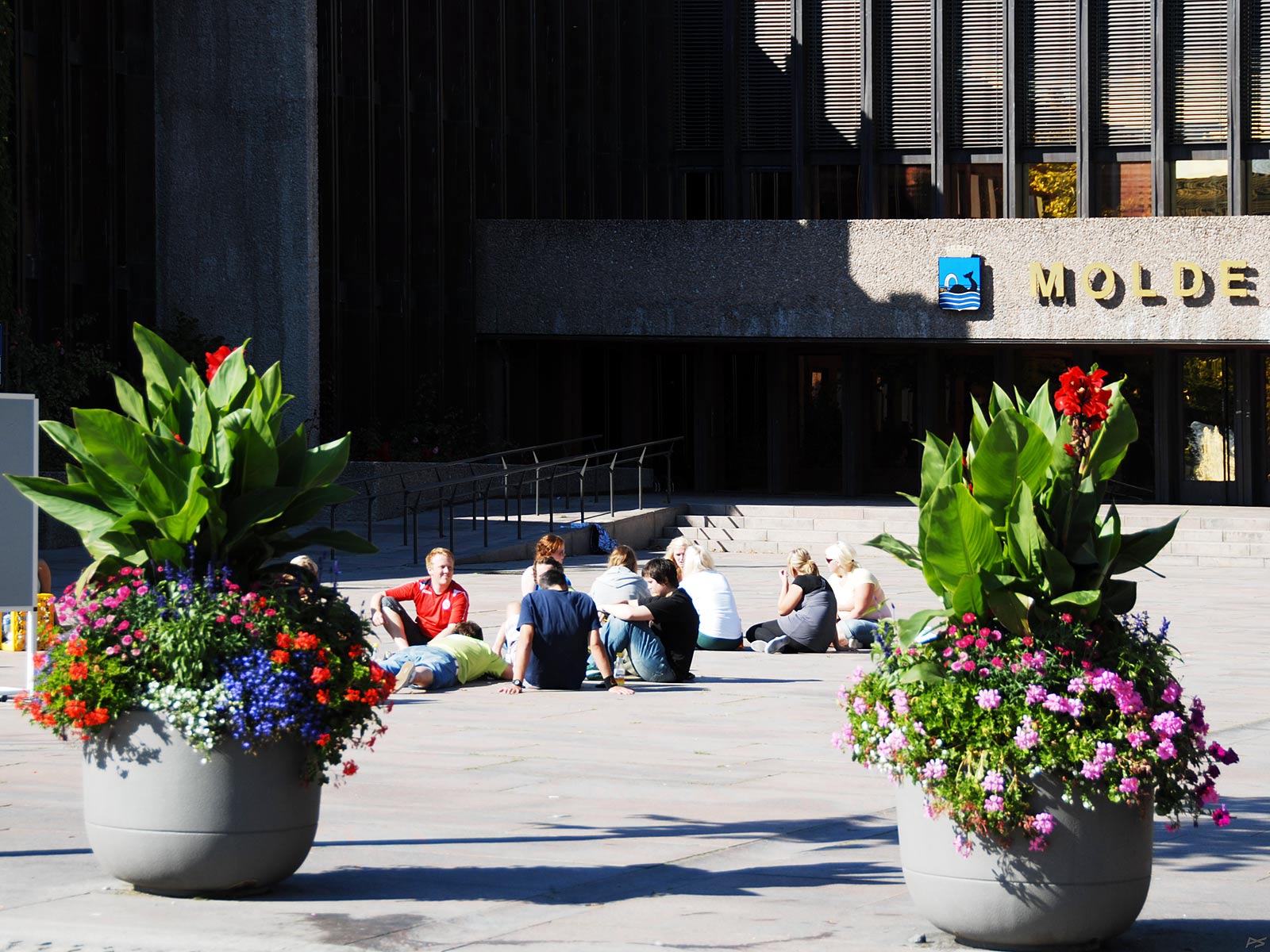
Being completed in 1966, the Town Hall had a problem coming into existence. A requirement was that it must be kept low compared to its neighbour, the Molde Cathedral. The architects (Cappelen and Rodahl) solved it nicely by reducing the height of each storey, but visiting the offices is an unusual experience. There are flowers (including roses) in front of the building, and on its flat roof you'll find the largest rose garden in town. And close by, like around the Cathedral, there are more roses.
(2008-08-23)
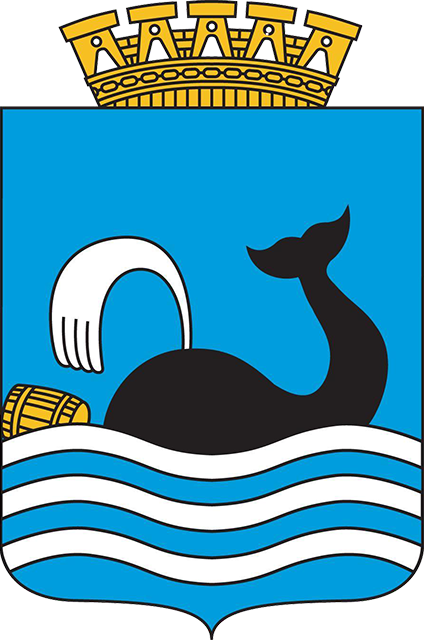
Molde became a town in 1742 and this is its coat of arms. During the bad years 1739-41 the herring in the fjord saved the people here from a famine, and it was believed that the whales (orcas) scared the herring into the fjords. However, the indicated barrel had to be supplied by the people!

A part of what is said to be Molde's tourist attraction number one, the view of the 'Romsdal Alps'. This is seen from Varden, a hilltop with a restaurant above the town, altitude 407 m, accessible by foot (1 hour) or by car (10 min). It's claimed that 222 peaks may be seen. Bottom left Molde Cathedral and Molde Sport Park. To the right Molde Stadium and Seilet Hotel. Entering harbour two ferries, the largest one transporting cars and people from Vestnes on the other side of the fjord, the smaller one is frequenting islands in the fjord near Molde.
(2008-09-11)
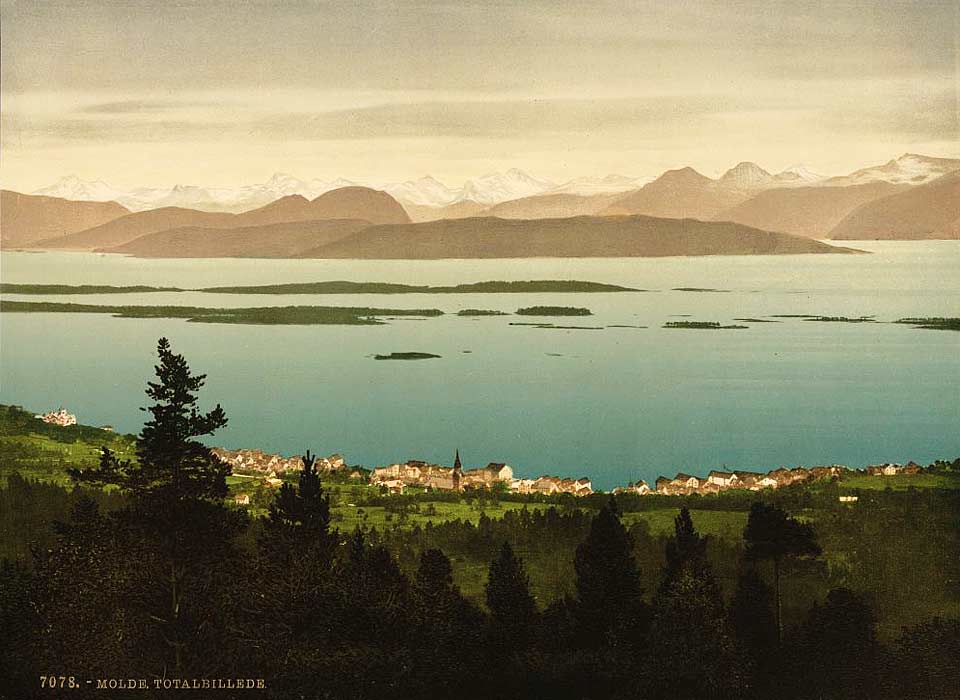
U.S. Library of Congress, Photochrom Print Collection.
Colourised black and white picture (Photochrom) of the view from Varden probably 1890–1900. The church here stands approximately on the same site as the present one. It was built in 1887 and was destroyed by German bombs in 1940.

⚽ Born in Molde in 1958, Kjell Inge Røkke, by working hard, made a fortune in the States as a 'fisherman' on the Pacific Coast. In the 1990s he returned to Norway and soon became an industry tycoon. Molde has for a long time had a successful football team, Røkke likes football, and together with his former partner Bjørn Rune Gjelsten he partly financed a new stadium with 11200 seats near the town centre, finished in 1998.
(20)
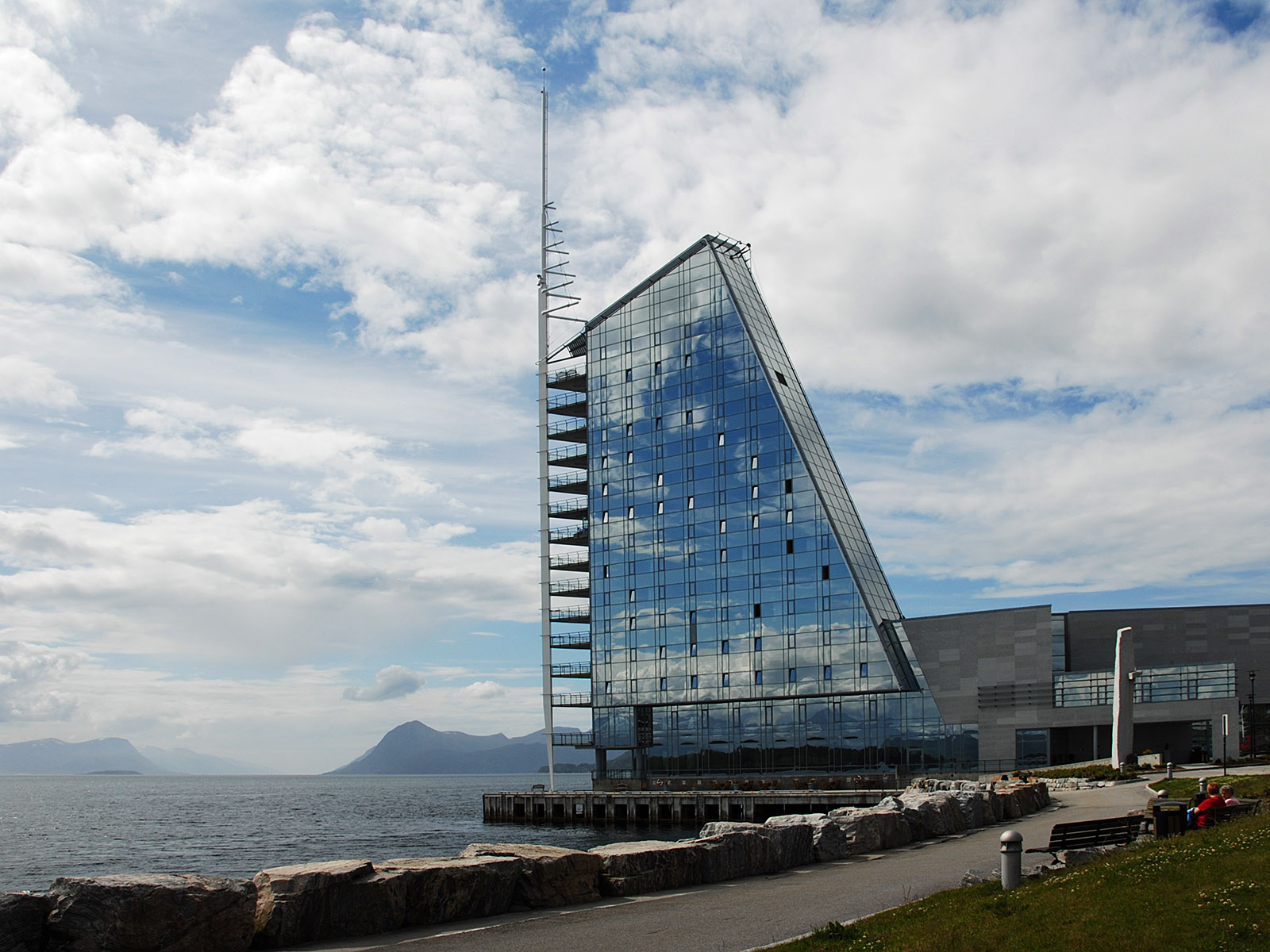
The Rica Seilet Hotel (resembling a sail), close to the stadium, is mirroring mountains and sky. Although the building looks as a thin sail from this side and the other side, its base may be close to a equilateral triangle. Integrated with the hotel is the Bjørnson House (see next caption), a versatile culture house.
(2008-06-23)
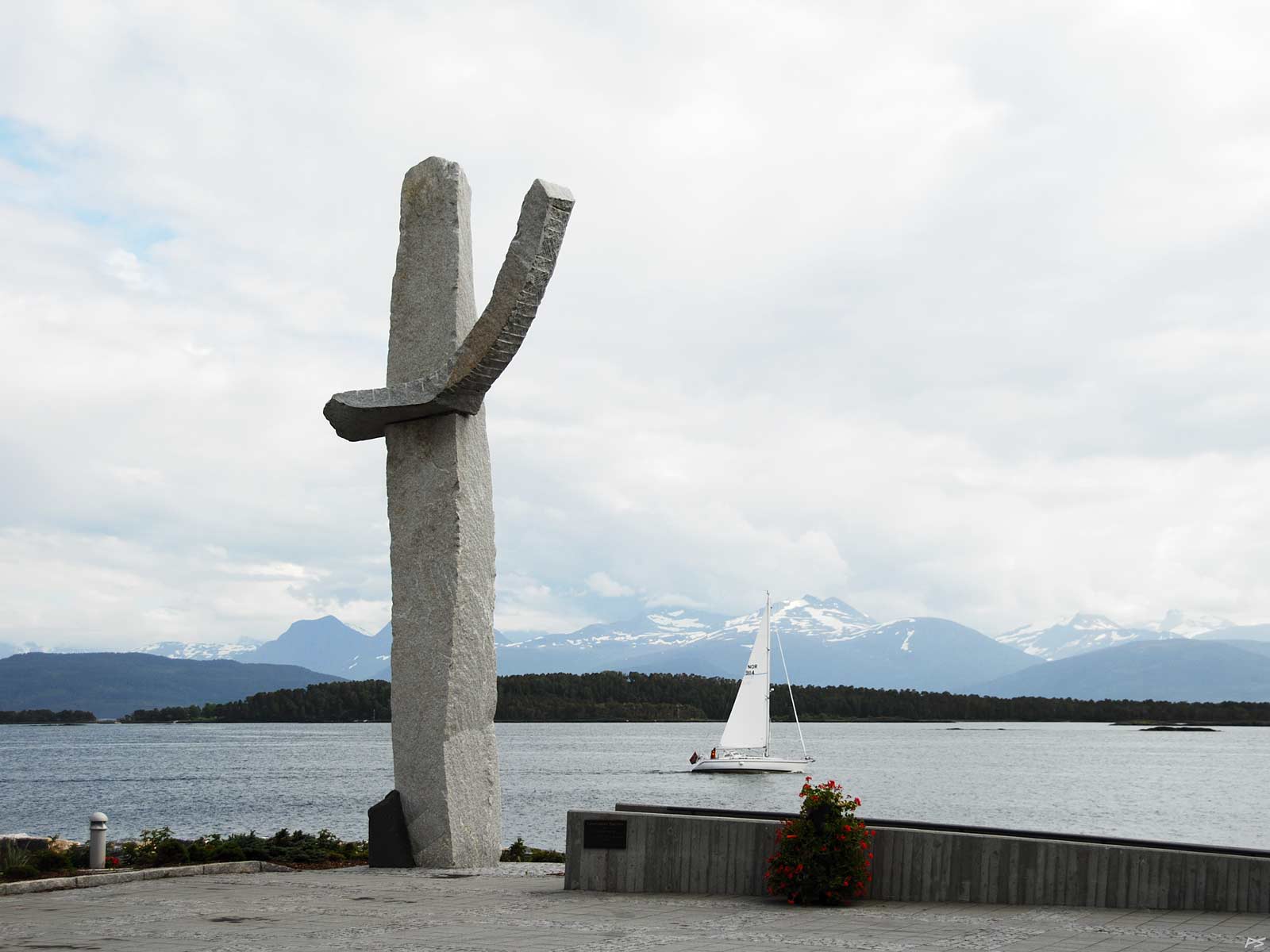
'The Popular Speaker Bjørnson' standing at Seilet Hotell / Bjørnson House, created by Hagbart Solløs. Bjørnstjerne Bjørnson (1832-1910) grew up in Nesset and spent several years in Molde going to school. He became a popular author and speaker, contributing to the pride of a nation on its way to independence. And of course there is a Bjørnson Festival, every August since 1992.
(2008-06-27)
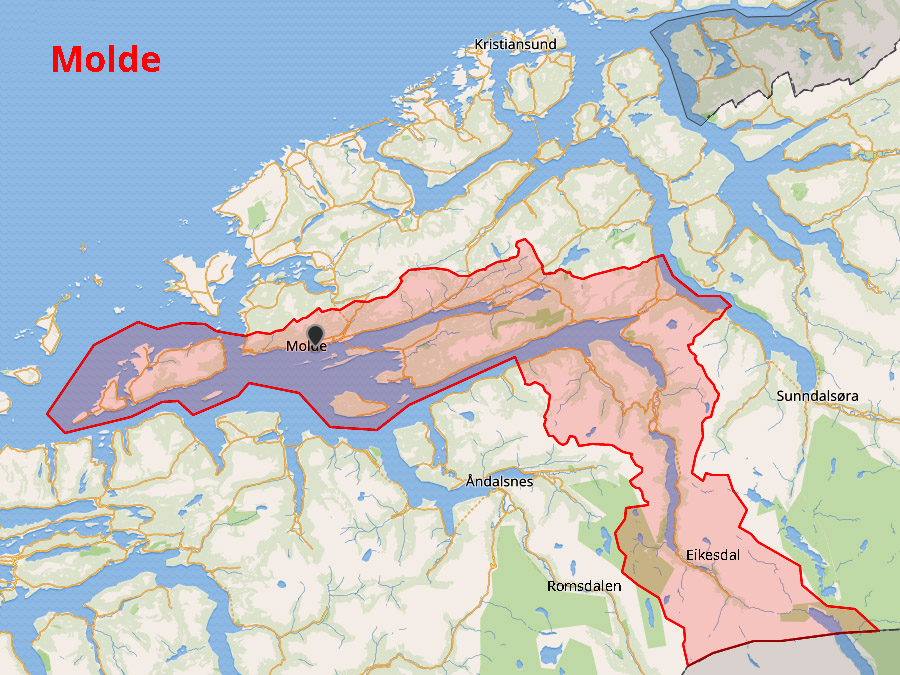
There have been too many small municipalities in this country, and for some years the government has encouraged the local authorities to merge with one or more neighbour municipalities. With rather moderate success. Molde has merged with two neighbours. Midsund (islands) to the left on the map and Nesset in the right-bottom branch on the map. The fact that Bjørnstjerne Bjørnson grew up in Nesset (above) might have had some bearing on the decision; I don't know.

Former Nesset has many beautiful places, so let me choose one from the north end of the lake Eikesdalsvatnet. This lake is 18 km long. Since 1990 there has been a road on its east side to the community Eikesdal at the south end of the lake, but earlier there was a ferry to take people and cars to and fro. Near the inner end of the lake we also find Mardalsfossen, which happened to be mention on the Sunndal page.
(2010-09-09)
